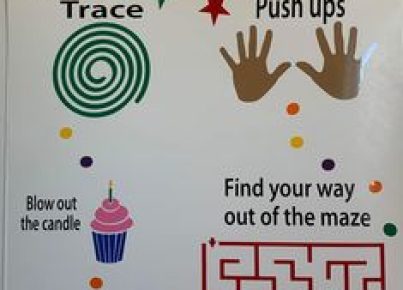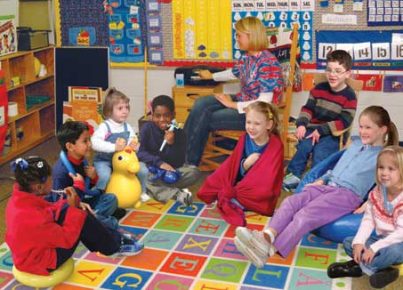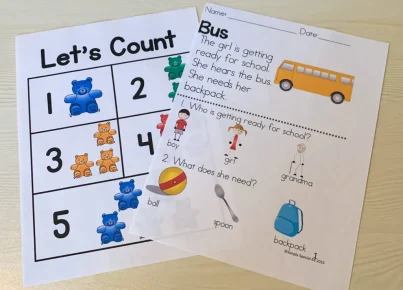Introduction:
Sensory boards are fantastic tools used to enhance children’s learning by engaging their senses. In education, these boards help students explore, discover, and engage in a multisensory way. Creating a DIY sensory board in your classroom can be an affordable and fun project that encourages creativity and enhances learning experiences. Here are 14 genius ideas to help inspire you when creating your own DIY sensory board.
1. Textured Fabric Swatches:
Create a tactile experience by attaching different fabric swatches like velvet, faux fur, or corduroy to the board. This variety of textures will encourage children to touch and explore while also learning about different materials.
2. Locks and Latches:
Incorporate various locks, latches, or bolts for children to manipulate and develop fine motor skills. This will also help them learn about colours and shapes as they match each piece.
3. Scented Items:
Including scented objects, like lavender sachets or cinnamon sticks, can provide an olfactory experience that helps stimulate memory and recognition.
4. Zipper Board:
Attach zippers of different colours and sizes for children to practice zipping and unzipping, helping them develop fine motor skills and coordination.
5. Velcro Shapes:
Cut out various shapes from felt or foam and attach one side with velcro, while attaching the opposite side on the board as a way for kids to match shapes and colours.
6. Magnetic Alphabet:
Place magnetic letters on a metal sheet as part of the sensory board for children to spell simple words or practice identifying letters.
7. Puzzles:
Incorporate age-appropriate puzzles into your sensory board that challenge students’ problem-solving abilities.
8. Light Touch Buttons:
Install small touch-activated lights on the board, allowing children to increase their understanding of cause-and-effect as they press a button and the board lights up.
9. Mirrors:
Attach mirrors of different shapes and sizes to engage children in self-recognition and observation.
10. Bead Maze:
Include a bead maze or create your own by attaching wire and beads to the board for students to practice hand-eye coordination.
11. Sandpaper Letters:
Make sandpaper letters for kids to trace with their fingers, offering a tactile way of learning the alphabet and improving fine motor skills.
12. Mini Chalkboard or Dry Erase Board:
Encourage creativity and writing skills by incorporating a small chalkboard or dry erase board into your sensory board design.
13. Kitchen Utensils:
Include various safe kitchen utensils like silicone brushes or whisks for children to manipulate and explore.
14. Sensory Bags:
Create DIY sensory bags filled with materials like rice, beans, or water beads. Attach them securely to the board, allowing children to feel the different textures through the bag’s surface.
Conclusion:
With these 14 genius ideas as inspiration, creating a DIY sensory board for your classroom can be an enjoyable process that results in an affordable, customized learning tool tailored to your students’ needs. Embrace your creativity, involve your students in developing it, and watch as they explore new concepts using their senses.




